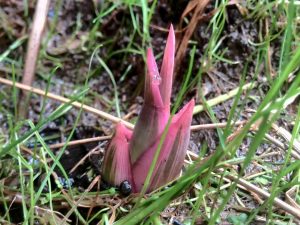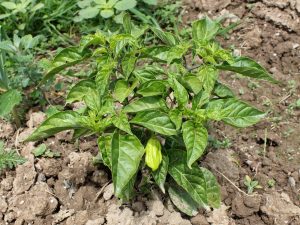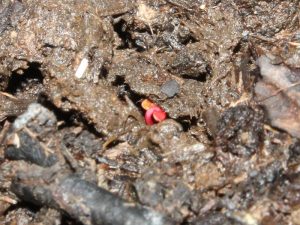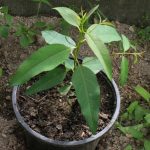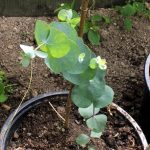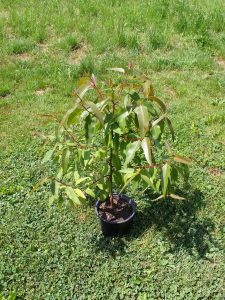Overwintering Cyperus papyrus “King Tut”
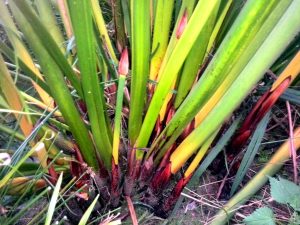
If grown from seed, it doesn’t get large enough the first growing season and I really need to save it. This summer it grew a lot, even with a lot lower temperatures than usual with abundance of rain. I saved some seeds, just in case I end up losing the mature plant. Some say, that with a lot of protection, Papyrus can handle the winter if it gets protected from freezing temperatures. I intend to keep most of it outside, covered with layer of dry grass, branches and straw, and large sheet of PVC above that to insulate the roots from winter cold as much as possible. If it can survive the winter outside, I’ll have one less plant to worry about next winter.
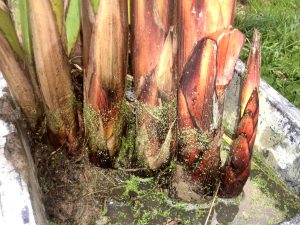 Rhizomes are thick and hard to break using a shovel, so I had quite an exercise getting it out of the waterlogged soil. I dragged it into the large plastic container without drainage holes. I used concrete mixing tub – it’s strong enough so it won’t break when filled with water and large enough to accommodate the division. Hopefully I didn’t damage the roots too much in the process.
Rhizomes are thick and hard to break using a shovel, so I had quite an exercise getting it out of the waterlogged soil. I dragged it into the large plastic container without drainage holes. I used concrete mixing tub – it’s strong enough so it won’t break when filled with water and large enough to accommodate the division. Hopefully I didn’t damage the roots too much in the process.
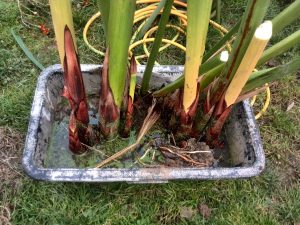 New division had to be trimmed first, so it doesn’t lose too much nutrients trying to keep the green parts alive.
New division had to be trimmed first, so it doesn’t lose too much nutrients trying to keep the green parts alive.
